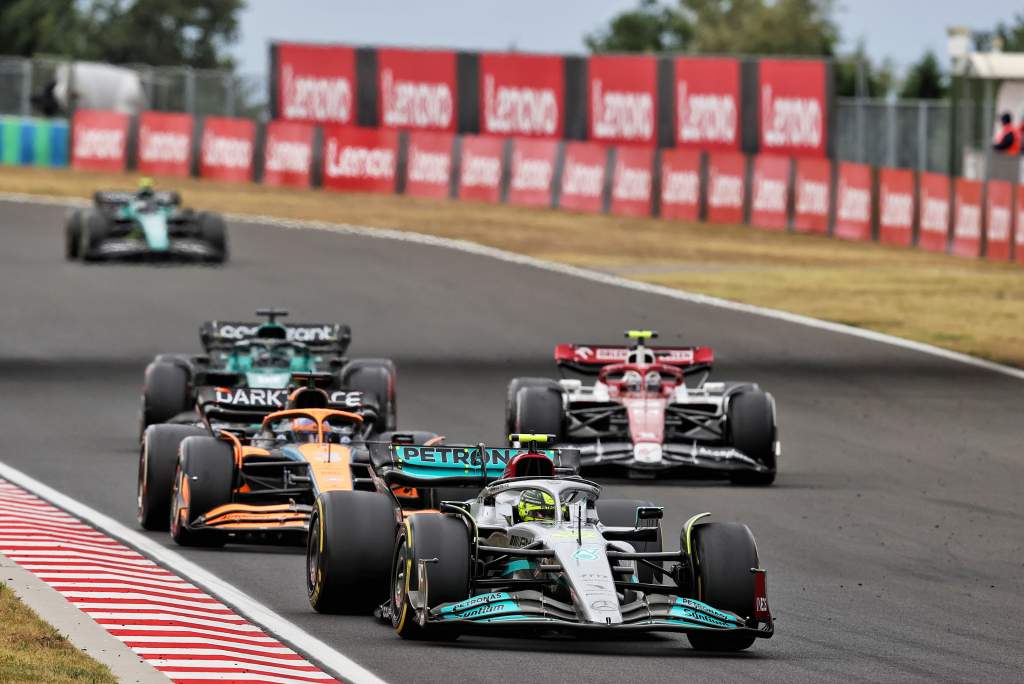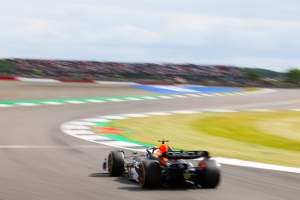Up Next

The FIA has finalised the rule changes for the 2023 Formula 1 season designed to reduce porpoising and bouncing, but has reduced one key element of the plan.
Concerns mounted in the early part of 2022 that the degree of vertical oscillation in the new-generation ground-effect cars could cause long-term health problems for drivers.
Initial measures are being introduced from the Belgian Grand Prix at the end of this month, when the degree of movement of each car will be monitored and must be within a set limit.
But a wider package was proposed for 2023 to tackle the problem more thoroughly.
This caused controversy in the paddock, with some teams that suffered less from the problem – such as Red Bull and Ferrari – disputing the need for the changes. It is understood as many as six of the 10 teams were not in favour.
Because the FIA is making them on safety grounds, they have not required a vote among the teams. The measures were approved by the World Motor Sport Council on Tuesday.
The FIA suggested four changes, and three of them are going ahead in full: the raising of the underfloor diffuser throat, applying more stringent lateral floor deflection tests, and introducing a more accurate sensor to help quantify aerodynamic oscillations and police them more effectively.
But the other change has been toned down. The floor edges must now be raised by only 15mm rather than the originally-proposed 25mm.
The changes are still likely to be controversial in principle, with teams struggling to reach the budget cap unhappy at the cost implications of the relative late approval of the rules package.
McLaren technical director James Key suggested last month that “probably something like April” would have been the ideal time for changes of this size to be agreed given the impact on all areas of 2023 car design, while other teams have argued that the package should be postponed until 2024.





